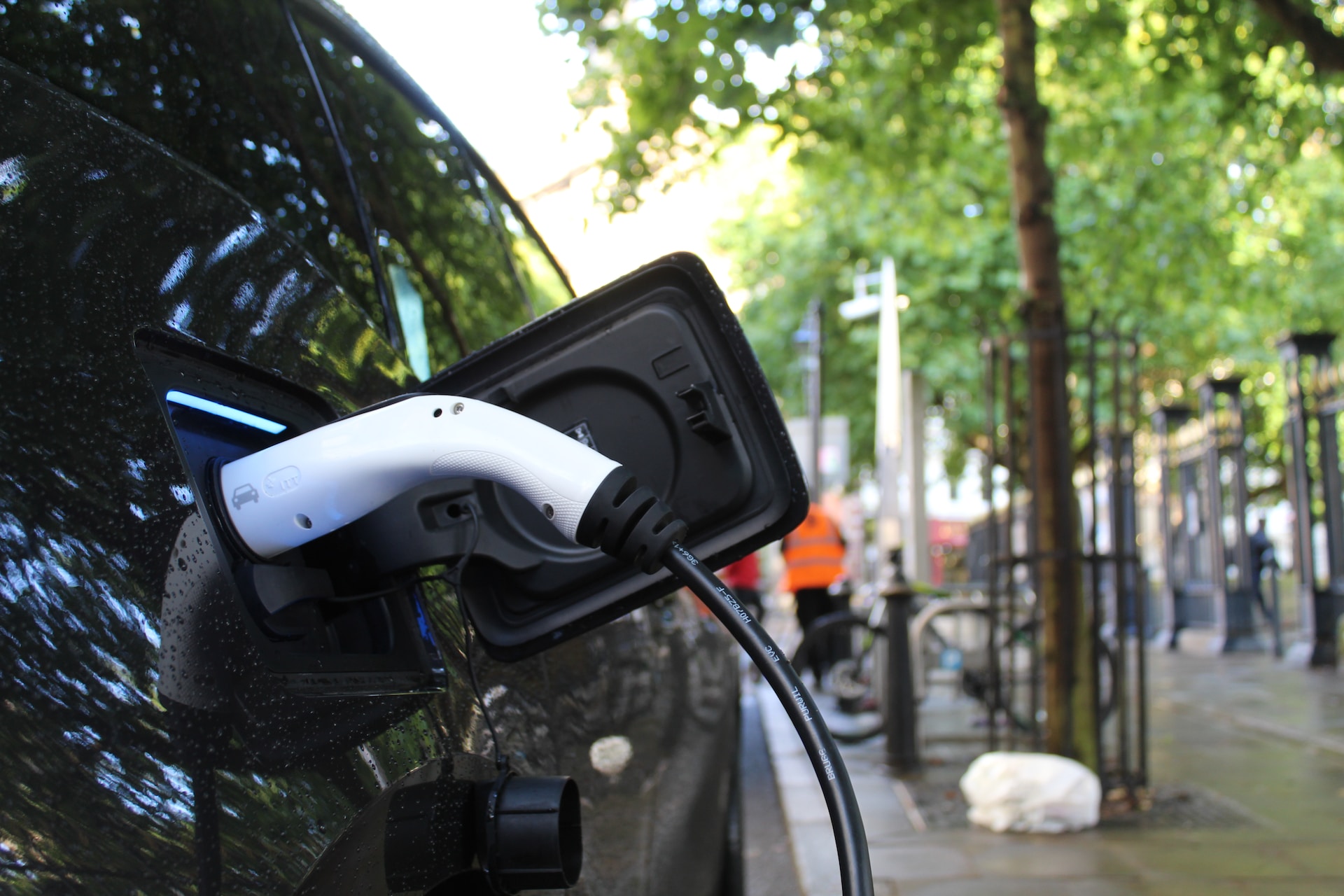Global sales of electric vehicles surpassed 10 million last year, according to the International Energy Agency’s (IEA) latest Global EV Outlook, which tracks developments in the electric mobility industry on an annual basis. Compared to 2021, sales of electric vehicles jumped by 60%. The new all-time high marks a shifting point in the market for battery electric vehicles (BEVs).
>>>READ: Consumers Should Decide What Car is Best for Them
In 2017, just 1 in 70 vehicles sold was electric. In 2022, that number surged to 1 in 7––a tenfold increase. At the same time, sales of conventional internal combustion-powered vehicles fell by roughly a quarter since 2017 as car buyers turned to BEVs in growing numbers due to their lower environmental impact and improved cost savings.
To be fair, much of the growth in the electric vehicle market can be traced to EV-related policies that artificially induce demand. In the United States, the most important piece of legislation to spur demand was the Inflation Reduction Act, which extended tax credit provisions for consumers looking to purchase EVs and introduced new incentives for American car companies to manufacture these vehicles. In the European Union, new CO2 standards passed in 2020 for passenger cars and vans artificially boosted demand for vehicles powered by alternative energies. Meanwhile, China recently unveiled a $72 billion tax break for EVs over four years. In 2020, the government imposed a new energy vehicle (NEV) mandate on automakers requiring that EVs make up 40% of all sales by 2030.
Nonetheless, the report found that government policies were responsible for only a fraction of the global spending on EVs. As the authors stated, “Only 10% of the spending [in 2022] can be attributed to government support.” Consumer choice, however, was responsible for the remainder of spending in 2022.
At the same time, increased innovation in the market coupled with growing competition has helped drive down electric vehicle prices, further making EVs an attractive option for potential car buyers:
“A growing number of new entrants, primarily from China but also from other emerging markets, are offering more affordable models. Major incumbent carmakers are increasing ambition as well, especially in Europe, and 2022-2023 saw another series of important EV announcements: fully electric fleets, cheaper cars, greater investment, and vertical integration with battery-making and critical minerals.”
>>>READ: GM, BMW, Other Major Automakers Partner on North American EV Charging Venture
Overall, global spending on EVs surpassed $425 billion in 2022, up 50% from the year prior. Meanwhile, the number of available electric car models has more than doubled since 2018, topping 500 last year.
As electric car sales continue to break new records, boosting the domestic capacity of critical minerals needed to develop EV batteries will be key. In particular, policymakers must ensure that the United States does not fuel a shift to electric vehicles with energy-intensive minerals from China, which currently controls a majority of the supply of battery materials like lithium, cobalt, and nickel (China remains the world’s largest supplier of critical minerals). If the U.S. and its allies can avoid the China trap and develop its own resilient supply chains, the future of EVs will continue to look bright.
Nathalie Voit is a freelance content creator and a graduate of the University of Florida. She is an alumni of The Heritage Foundation’s Young Leaders Program.
The views and opinions expressed are those of the author’s and do not necessarily reflect the official policy or position of C3.
